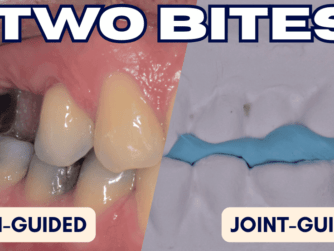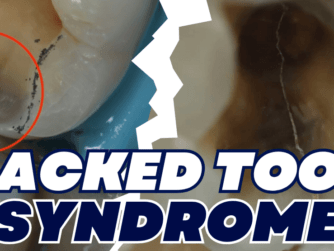Podcast: Play in new window | Download (Duration: 56:36 — 80.2MB)
Subscribe: RSS
Lower Complete Dentures are the bane of Removable Prosthodontics. I know many Dentists who ‘hate making lower full Dentures’, likely because they are difficult to master. So difficult that I got Dr Rupert Monkhouse to give the Protruserati a podcast masterclass on how to improve in this frustrating area of Dentistry!
Protrusive Dental Pearl: The power of silence! When you present your patients a solution or treatment plan, or tell them the fee, there may be a silence. Embrace it. Expect it. Don’t panic. This is normal! DO NOT but in with a ‘why don’t you just think about it…’
In this episode we discussed:
- How can you predict if a suction lower denture is anatomically possible?
- What materials Rupert likes to use
- What and how to adjust at the Try in stages of complete dentures
- How to get the wax try-in to stay in the mouth!
- Communication pearls surrounding lower complete Dentures
If you enjoyed this topic, why not also check out the Master himself, Dr Finlay Sutton on Troubleshooting Chrome Dentures!
For details on Rupert’s Denture course, DM him on Instagram!









[…] Be proactive. Be the master of your destiny. We have another non-clinical topic all about ‘making your own luck’ in Dentistry and in life including landing your dream associate position with Dr. Rupert Monkhouse, the removable prosthodontic wizard from Suction Lower Complete Dentures – Improve your Removable Prosthodontics […]
[…] If you liked this episode, you’ll love Suction Lower Complete Dentures – Improve your Removable Prosthodontics – PDP073 […]